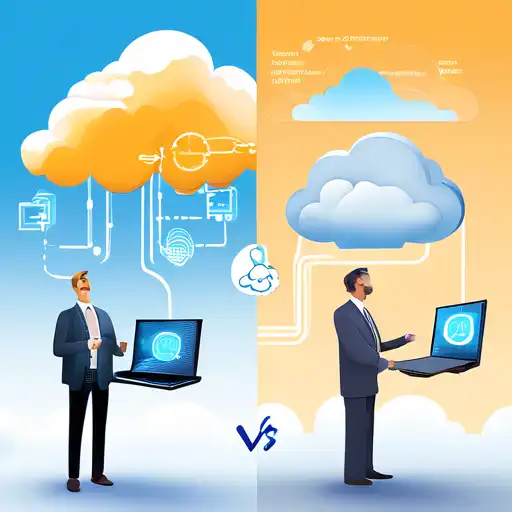Introduction to Edge and Cloud Computing
In the rapidly evolving world of technology, understanding the differences between edge computing and cloud computing is crucial for businesses and individuals alike. Both technologies play pivotal roles in data processing and storage but operate on fundamentally different principles.
What is Cloud Computing?
Cloud computing refers to the delivery of computing services—including servers, storage, databases, networking, software, analytics, and intelligence—over the Internet ('the cloud') to offer faster innovation, flexible resources, and economies of scale. Users typically pay only for the cloud services they use, helping lower operating costs, run infrastructure more efficiently, and scale as their business needs change.
What is Edge Computing?
Edge computing, on the other hand, is a distributed computing paradigm that brings computation and data storage closer to the location where it is needed to improve response times and save bandwidth. The goal of edge computing is to process data near the edge of your network, where the data is being generated, instead of in a centralized data-processing warehouse.
Key Differences Between Edge and Cloud Computing
While both edge and cloud computing are used to process data, they differ in several key aspects:
- Location of Data Processing: Cloud computing processes data in centralized data centers, whereas edge computing processes data locally or near the source of data generation.
- Latency: Edge computing significantly reduces latency by processing data closer to the source, making it ideal for real-time applications.
- Bandwidth Usage: By processing data locally, edge computing reduces the amount of data that needs to be sent to the cloud, thereby saving bandwidth.
- Security: Edge computing can offer enhanced security by keeping sensitive data within the local network, reducing exposure to potential breaches during transmission to the cloud.
Choosing Between Edge and Cloud Computing
The choice between edge and cloud computing depends on the specific needs of a business or application. Cloud computing is best suited for applications that require vast amounts of data storage and processing power, while edge computing is ideal for applications requiring real-time processing and low latency.
Conclusion
Both edge computing and cloud computing have their unique advantages and use cases. Understanding the key differences between them can help organizations make informed decisions about which technology to adopt based on their specific needs. As technology continues to advance, the integration of both edge and cloud computing is likely to become more prevalent, offering the best of both worlds.
